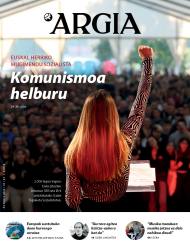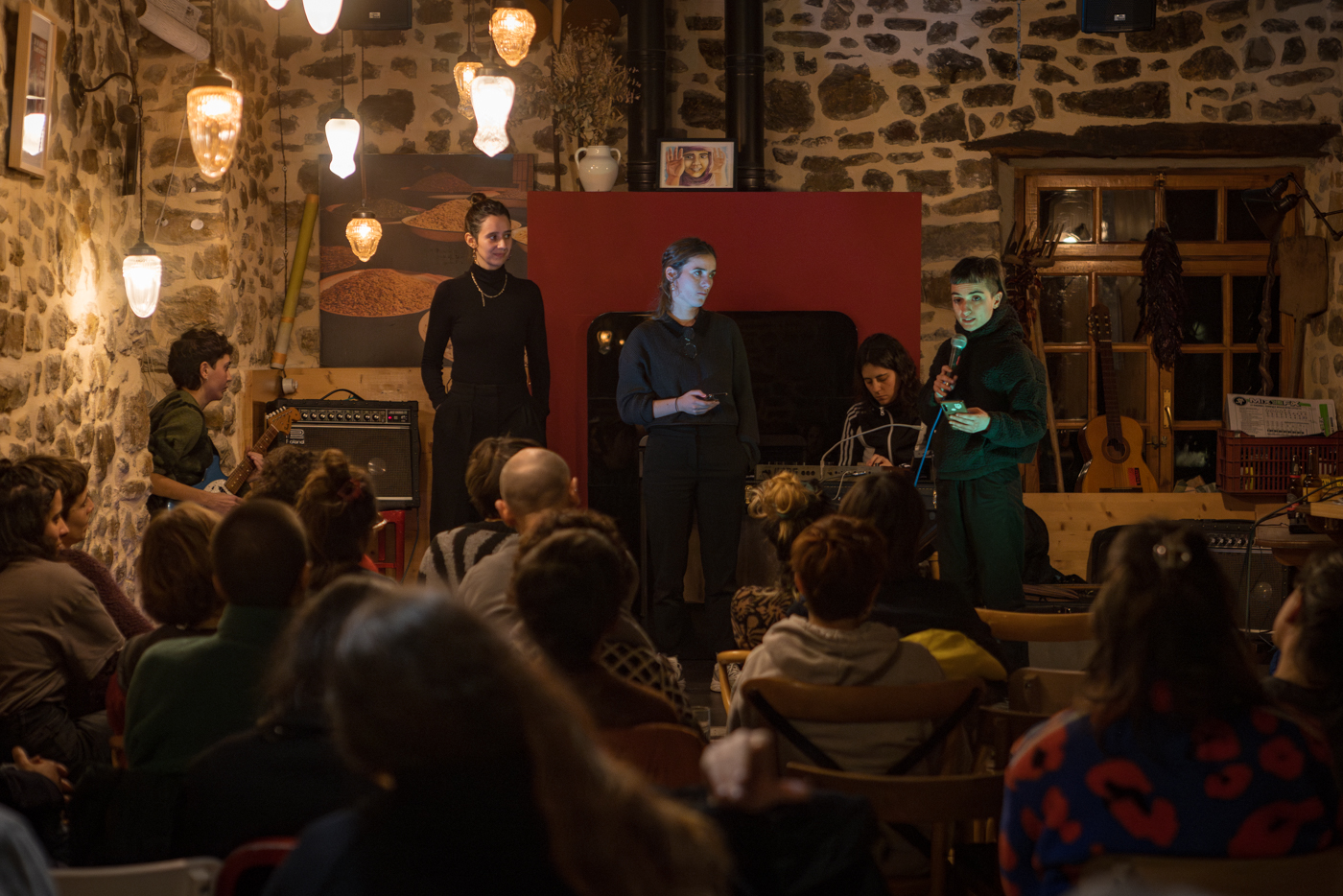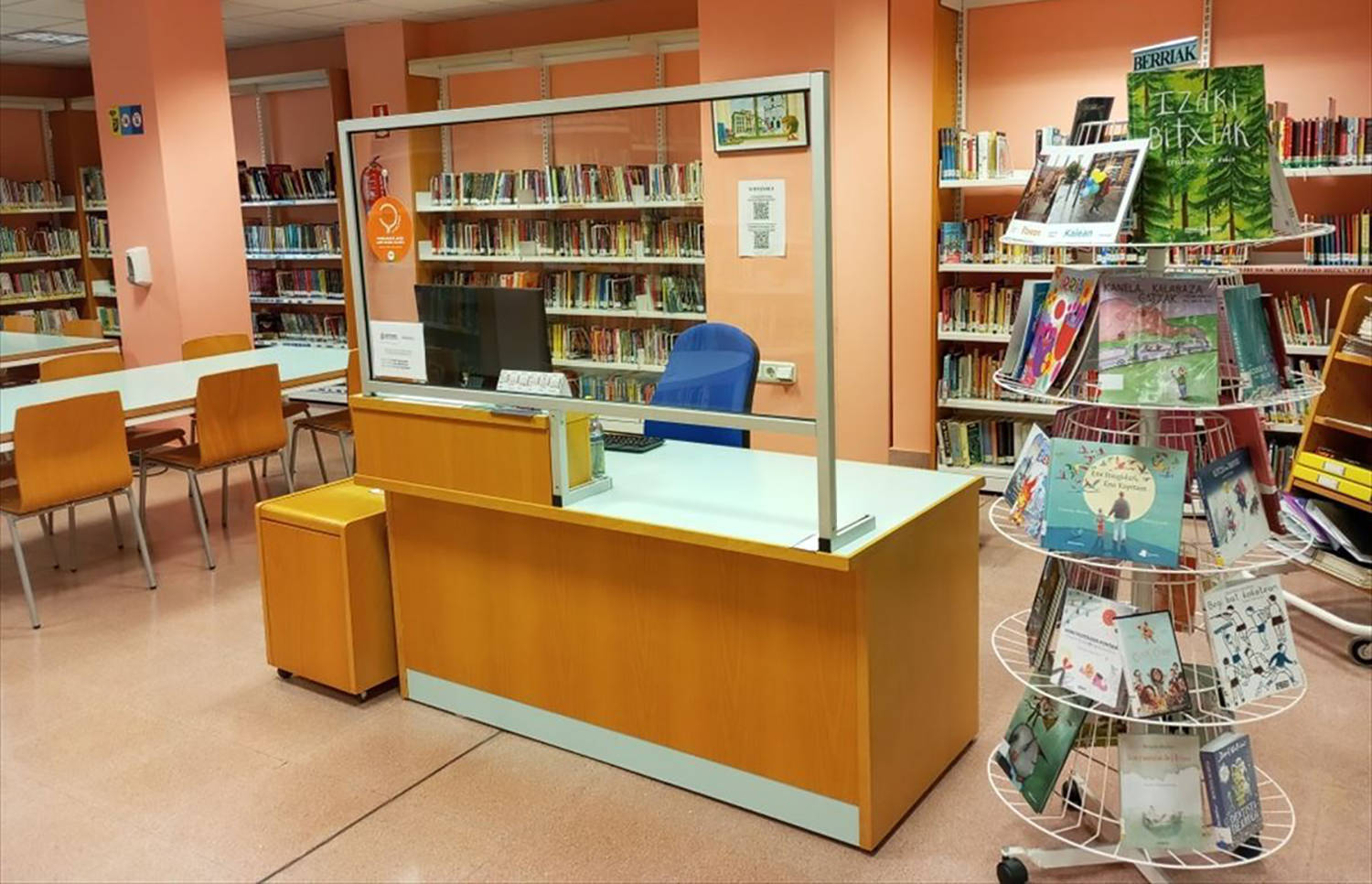Exile is not tourism, but it needs a chronicle.

It is ten years since the death of José Luis Alvarez Txillardegi. Ephemerides give the excuse to collect and create initiatives. To pay tribute to the Basque Country and entrepreneur from Donostiarra, nothing better than books. It left behind a huge contribution of cellulose and ink.
Presentation of the book Kronikak January
13
Where: San Telmo Museum of San Sebastian
The editorial Susa has gathered the travelling chronicles of the writer and others. In the 1960s and 1970s they compiled texts published in Anaitasuna, Punto y hora, Plazara, Argia and Zeruko Argia. In addition to Chillardegi articulist, historian, novelist and essayist, “we have here a Txillardegi without recognizing, the highest model of a beautiful and marginalized literary genre without recognizing”, according to Koldo Izagirre.
The travel chronicles of Txillardegi are not, of course, the normal travel of the tourist. Because I was in exile, on the one hand, because I was in a thirst for my own wisdom, on the other. “I exile more curiosity Txillardegi, world more Euskal Herria, Txillardegi”.
The presentation has taken place at the San Telmo Museum in San Sebastian. Gorka Bereziartua of ARGIA clearly said: “I think it’s something to celebrate this book that picks up Txillardegi’s chronicles. Because it shows us that things were done differently at the time they were written.”
Bereciartua has stressed that he does not want to “idealize” the journalism of the 1960s and 1970s – because of the crisis, the risk and the precariousness he lived – “but these Txillardegi chronicles have a call to the future. Those who invite us to look differently at today's journalists, to escape the traps of that time that want to limit everything to cold data. It invites us to be chroniclers of all of us and ourselves.”
Txillardegi appears “very human, very close. He takes you by his side,” according to Juan Luis Zabala. He also expressed concern about how Txillardegi's contribution to the unified Basque country is understood today. The talk was attended by the Chill Mafia group, which listened to the laughter of an elderly audience, and less poignantly did not make jokes such as Chill-Ardegi, in the hope that Kiliki Fresco would relate Euskara batua to Sabino Arana in an interview. He wanted to stress that the “Euskara batua was made against transparency.”
Koldo Izagirre has completed the reflection. Sabino Arana has a sculpture in Bilbao: “Euzkadi da euzkotarron aberria”. Txillardegik is a small graffiti artist in the Old “Euskara da euskaldunon aberria”. Because the statement is not random. We must fight for the declaration. Like memory.
Astelehen honetan hasita, astebetez, Jon Miranderen obra izango dute aztergai: besteren artean, Mirande nor zen argitzeaz eta errepasatzeaz gain, bere figurarekin zer egin hausnartuko dute, polemikoak baitira bere hainbat adierazpen eta testu.
Martxoaren 17an hasi eta hila bukatu bitartean, Literatura Plazara jaialdia egingo da Oiartzunen. Hirugarren urtez antolatu du egitasmoa 1545 argitaletxeak, bigarrenez bi asteko formatuan. "Literaturak plaza hartzea nahi dugu, partekatzen dugun zaletasuna ageri-agerian... [+]
1984an ‘Bizitza Nola Badoan’ lehen poema liburua (Maiatz) argitaratu zuenetik hainbat poema-liburu, narrazio eta eleberri argitaratu ditu Itxaro Borda idazleak. 2024an argitaratu zuen azken lana, ‘Itzalen tektonika’ (SUSA), eta egunero zutabea idazten du... [+]
Joan Tartas (Sohüta, 1610 - date of unknown death) is not one of the most famous writers in the history of our letters and yet we discover good things in this “mendre piece” whose title, let us admit it from the beginning, is probably not the most commercial of the titles... [+]


















ilbeltza-(1).jpg)

